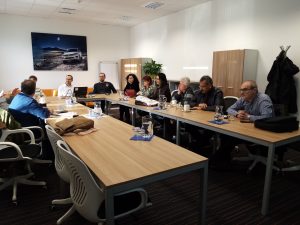Second International Meeting took place in Bratislava at SIOV offices on February 26th and 27th 2020. Partners were invited by hosted partner SIOV – Statny Institut Odborneho Vzdelavania.
INVITATION MEETING IN BRATISLAVA
For two days, partners have been working on all the items and objectives of the project, following the program organized.
PROJECT MEETING BRATISLAVA PROGRAM
On Wednesday February 26th 2020, project partners were received by Mr. Ladislav Satka and Mrs. Katarina Hazuchova, representing SIOV, welcoming the rest of partners and desiring productive work as we had in the first meeting.
The first activity we have done was atend the presentation of “Slovak centre of training Firms – SCCF (www.sccf.sk)”. It is presented as one of the best practices in Educational and Vocational Training in Slovakia (Fourth project objective). Mrs. Horecka explained us the main elements related to this practice, using this presentation. Slovak Centre of Training Firms develop a method for simulation of activities for training firms and organize educational seminars for people in charge of the training firms. Yearly national fair for domestic and foreign training firms is also organize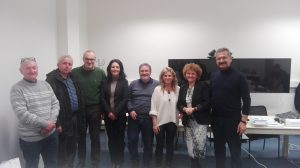 d.
d.
Project partners and Mrs. Horecka, representant of SCCF
Laterly, partners worked on projects activities. We will continue working with students in the simulated company, making more activities with students and developing all the departments of the company. In objective 5, partners agree on making a general document to compare VET systems in our countries: The data included in this document will be related with teachers, students, times, vacations, systems to promote or not, duration of the studies, type of studies, possibility or not to do practical formation in companies, payment (if possible or compulsory by enterprises) to students, number of VET families in each country, etc. We will continue knowing more about good practices in VET systems in our countries when we visit them. In this way, partners agree on the dates for the next two meetings. This is the presentation used in this work.
In the afternoom, partners visited IOM – Migration Information Centre (MIC) in the Slovak Republic. We moved to IOM address in Bratislava to visit its office. This visit is related to second objective (efficient integration of immigrant students), because IOM is dedicated to promoting human and orderly migration for the benefit of all. In this way we have received updated info and data related with migration in Slovakia and how migrant students are included in Slovak Educational System. International Organization for Migration (IOM) have published a set of educational materials on migration. The educational materials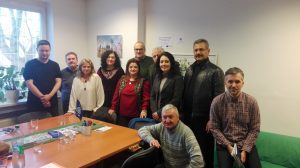 serve as a wide-range presentation tool to the introduction of migration and migrants to the public.
serve as a wide-range presentation tool to the introduction of migration and migrants to the public.
Project partners and representants of IOM
On thursday 27th, partners continued working on project activities and new tasks. We used the project website to explain which areas or elements must be sent from partners in order to maintain website as uploaded as possible. Partners also talked about how to increase networking with students in the simulated company. Role-ups are presented by partners and will be placed in their schools and offices during all the duration of the project. In the dissemination and impact activities, social networks accelerate the dissemination of the project and we already are in eTwinning, Facebook, Twitter, Youtube and Instagram. Our Google Drive is useful and partners must upload there all resources made by students and related with the rest of the project objectives. About new tasks, we will continue developing the departments of the simulated company: Marketing department will design a WordPress with Woocommerce, and posters to advertise the company. We will continue working in Bulling and Selling department creating orders letters, delivery notes and invoices. Also financial department will prepare quote for budgets, estimating costs for furniture and computers for the company, and making a budget for a client.
Afterwards, partners received the presentation of a good practice related to experiences with the migration in education – Nadácia Milana Šimečku – Milan Simecka Foundation. For 28 years, Milan Šimečka Foundation (NMŠ) has been striving for the development of civil society in Slovakia. As part of Education system, they apply the principles of memory, diversity and inclusion. Educational projects are the heart of the foundation’s activities. With this presentation, partners have learned about main problems and needs that inmigrants have in Slovakia for their integration. We have also learned about how students from migrant origin are integrated in Slovak education system.
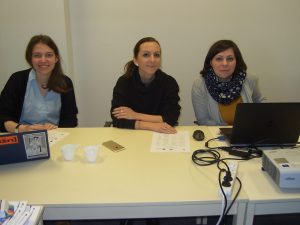 |
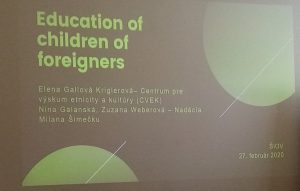 |
| Mrs. Gallova, Mrs. Kriglerova, and Mrs. Weberova, representants of Milan Simecka Foundation |
Presentation of Milan Simecka Foundation |
Laterly, partners received a new presentation of a good practice in the VET system in Slovakia. In this case, we received the data and info of Mr. Kuzma, representing SIOV and explaining about the implementation of the Dual Vocational and Educational Training in Slovak Republic. Mr. Kuzma explained weaknesses and strengths of Dual system in Slovakia, after their three-year experience. The system is really very successful, and co-working with private companies has improved training and formation, and also promoted soft skills in students. 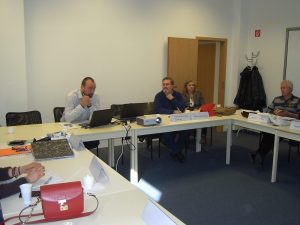
Transformation to Dual system has been developed after analyze labour market needs, schools capacity, new models implemented in Slovakia in primary and secondary education and is based on quality controls. Dual system exists by a contract between schools, students and companies and payments are given to students as “workers” of the company.
Mr. Kuzma in his presentation
In the afternoon, partners visited Dual Akademia, also as a good practice in Dual VET System in Slovakia. We moved to Devínska Nová Ves, outside Bratislava to visit there, offices and classrooms of Dual Academy. Dual Academy is a VET and long-life education school specialized on offering a modern and fully equipped training .They place the utmost emphasis on the actual requirements of the practice, for the highest possible degree of employment in the labor market. This school is created by companies to train workers in the dual system for themselves or others companies.
Presentation at Dual Akademia and Infrastructures of Dual Akademia
Share capital belongs to companies as Volkswagen, Skoda or Siemens. Dual system in Slovakia is based on companies and tries to be as practical as possible (70 % practice – less than 30 % theory lessons). Relationship between company and student is based on an apprenticeship contract and students will be paid during this period.
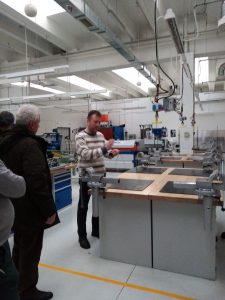
Visiting the Dual Academy, partners could see how private investment allows teaching in more modern facilities.
SECOND MEETING MINUTE
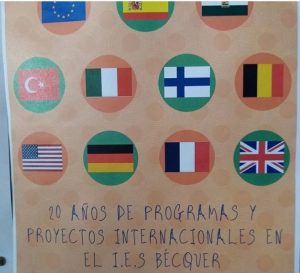 DAY OF DISSEMINATION OF ERASMUS PROJECTS IN THE VOCATIONAL AND EDUCATIONAL TRAINING CYCLES AT IES GUSTAVO ADOLFO BÉCQUER
DAY OF DISSEMINATION OF ERASMUS PROJECTS IN THE VOCATIONAL AND EDUCATIONAL TRAINING CYCLES AT IES GUSTAVO ADOLFO BÉCQUER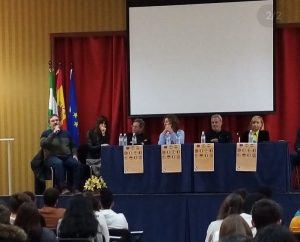

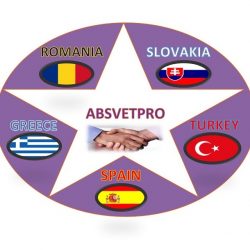

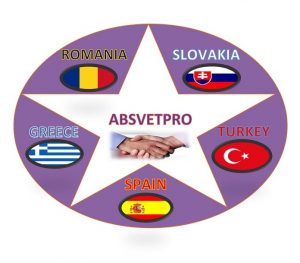
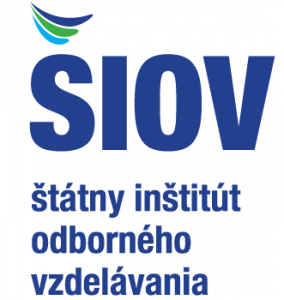
 d.
d. serve as a wide-range presentation tool to the introduction of migration and migrants to the public.
serve as a wide-range presentation tool to the introduction of migration and migrants to the public.


